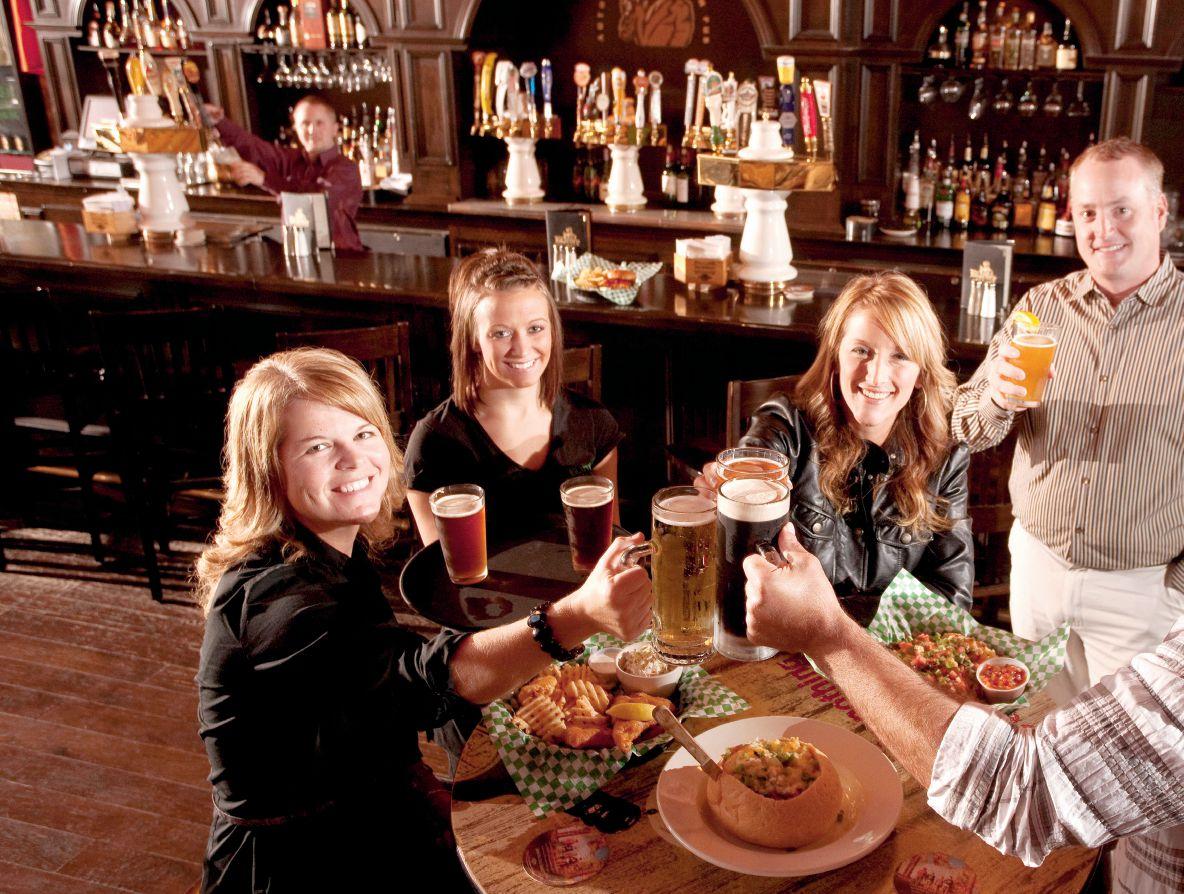
1 minute read
Booming Cities
Prairie Business profiles
Bismarck and Mandan in North Dakota, neighboring cities that see their largest economic drivers in higher education, government, health care and energy
BY KAYLA PRASEK
Each community in the Prairie Business readership area of North Dakota, South Dakota and western Minnesota has its own major sectors, people, trends and culture. Starting with this issue, Prairie Business is bringing back its Community Profiles, sending staff out on the road to find out what makes various communities’ business environments unique. Bismarck and Mandan, in central North Dakota on the edge of the Bakken oilfield, are up first. Through a round table discussion with city, business and organization leaders, Prairie Business discovered that higher education, health care, government and energy are the major factors in these cities’ economies.
The Bismarck-Mandan area has felt the effects of the oil boom in western North Dakota, with a 2013 Census population estimate of 117,441, up from 108,779 as recorded by the 2010 Census. Thanks to that growth and other incentives, downtown Bismarck and downtown Mandan have “changed dramatically” in the past decade, says Brian Ritter, president and CEO of the Bismarck-Mandan Development Association.
“In Bismarck, it’s become more restaurants and giving people an excuse to come downtown after 5 p.m.,” Ritter says. “The Five South Development, a proposed mixed-use development down the core of Fifth Street, seeks to bridge the gap between the three major shopping areas here. They’re looking for housing, retail and a hotel from the private sector, while the public sector would put in parking infrastructure. It would bring much-needed housing plus additional retail and a signature hotel right by the events center.”
Renaissance Zone programs have brought more than $52 million in private investment and 40 new businesses to downtown Bismarck, says Keith Hunke, assistant city administrator. The city also provides subsidies to businesses that want to update their building fronts.
“We are vibrant cities for college students, and vibrant downtowns are a major part of that,” says Monsignor James Shea, president of the University of Mary. “College students love having vibrant downtowns that they can go to. University of Mary has plans in the future to establish a downtown campus, and currently we have some operations in MBA and degree










